#Richard Lupino
Explore tagged Tumblr posts
Text
19 febbraio … ricordiamo …
19 febbraio … ricordiamo … #semprevivineiricordi #nomidaricordare #personaggiimportanti #perfettamentechic
2024: Ira von Fürstenberg, Virginia Carolina Theresa Pancrazia Galdina zu Fürstenberg, e talora Ira Fürstenberg nobile, attrice e designer italiana. Fürstenberg nacque a Roma, figlia del principe Tassilo Fürstenberg e di Clara Agnelli (sorella di Gianni). Nota socialite nonché disegnatrice di gioielli, intraprese la carriera cinematografica, articolata in una trentina di pellicole a cavallo fra…
#Adolfo Celi#Alice White#Alva White#Elli Parvo#Elvira Gobbo#Giulio Brogi#Ira Fürstenberg#Ira Von Fürstenberg#Janet Blair#Jansen Panettiere#Jean Gillie#Karl Lagerfeld#Lila De Nobili#Luigi Albertelli#Martha Jane Lafferty#Oreste Lionello#Paul D&039;Amato#Richard Belzer#Richard Lupino#Virginia Carolina Theresa Pancrazia Galdina zu Fürstenberg
0 notes
Text

Richard Arlen, Ida Lupino, Jack Benny, and Gail Patrick star in Raoul Walsh’s ARTISTS AND MODELS (1937).
63 notes
·
View notes
Text


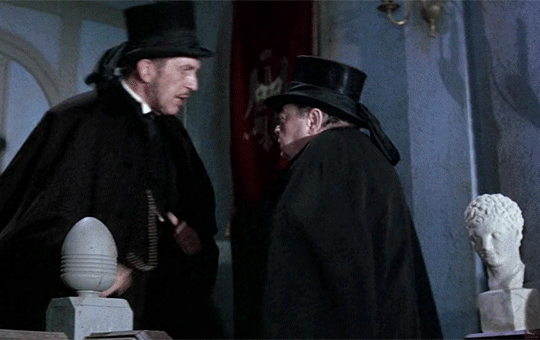
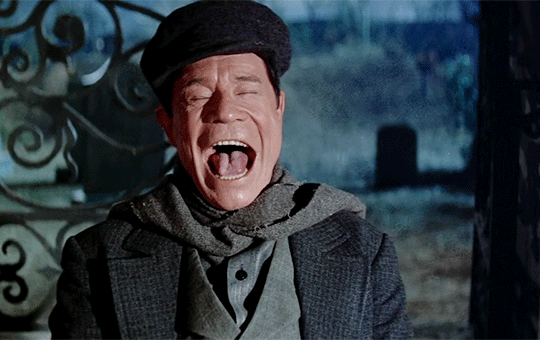
Every Film I Watch In 2023:
222. The Comedy Of Terrors (1963)
#the comedy of terrors#the comedy of terrors (1963)#2023filmgifs#my gifs#that was such a delight#i knew about Vincent and Peter Lorre#but i had no idea about Basil Rathbone#and Joe E Brown#and Boris Karloff#written by Richard Matheson#and directed by Jacques Tourneur?!#how does this movie EVEN EXIST#wish there had been a female lead i recognised#someone like Ida Lupino#or even Kathleen Freeman#and how lovely that Pathecolour looks#even in 720p#so lucky
14 notes
·
View notes
Text
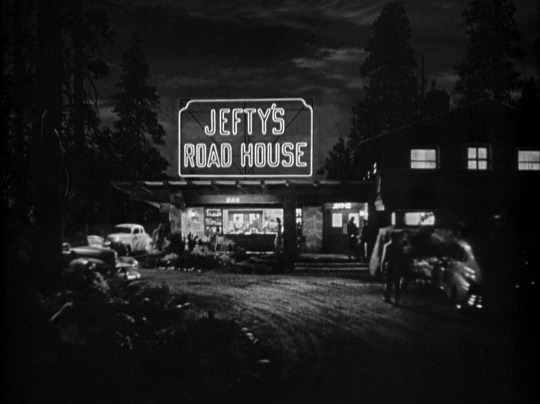



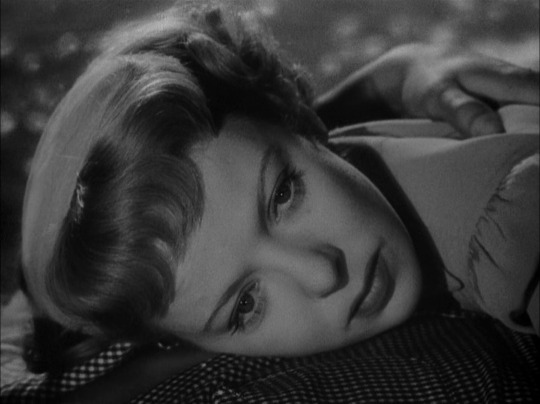




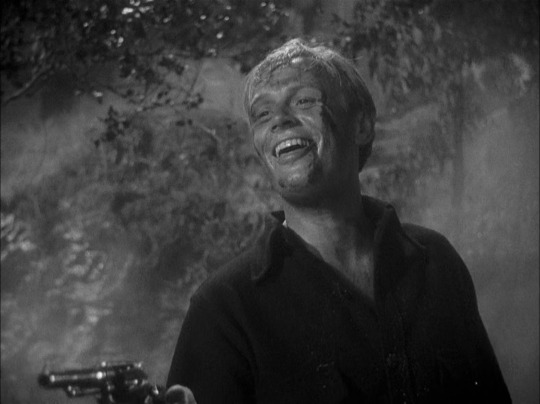
“Where I go, you’ve got to go. You’re tied to me.”
Road House (1948) directed by Jean Negulesco
#road house#1948#jean negulesco#ida lupino#cornel wilde#celeste holm#richard widmark#noirvember#november 2023#1940s#noir#screencaps
17 notes
·
View notes
Text
Lady Luck with lyrics x The Show of Shows (1929)
Solo: Alexander Gray
Chorus: unknown - Lloyd Hamilton - Beatrice Lillie - unknown - Myrna Loy - Nick Lucas - Louise Fazenda - unknown - unknown - unknown - Dolores Costello(or Helene Costello) - Jack Mulhall - Alice White(?) - Richard Barthelmess - unknown - Douglas Fairbanks, Jr. - Lois Wilson - unknown - Loretta Young(or Sally Blane) - Ben Turpin - Grant Withers - Rin Tin Tin - Winnie Lightner - Lupino Lane - Chester Conklin - unknown - Frank Fay
#the show of shows 1929#lady luck#with lyrics#solo by#alexander gray#others:#lloyd hamilton#beatrice lillie#myrna loy#nick lucas#louise fazenda#jack mulhall#alice white#richard barthelmess#douglas fairbanks jr#lois wilson#ben turpin#grant withers#rin tin tin#winnie lightner#lupino lane#chester conklin#frank fay#my favorite
4 notes
·
View notes
Text




1948
1 note
·
View note
Photo

13 notes
·
View notes
Text

7 notes
·
View notes
Text

Number 50 in a series
Others in this series: Basil Rathbone (Fox), Martin Freeman, Jude Law, Benedict Cumberbatch, Rachel McAdams, Jonny Lee Miller, Vinette Robinson, Jeremy Brett, David Burke, Andrew Scott, Nigel Bruce (Fox), Robert Downey, Jr., Jon Michael Hill, Two Violets, Mark Gatiss, Basil Rathbone (Universal), Nigel Bruce (Universal), Rupert Graves, Evelyn Ankers, Louise Brealey, Lucy Liu, Edward Hardwicke, Christopher Plummer, James Mason, Una Stubbs, Gayle Hunnicut, Hugh Laurie. Robert Sean Leonard, Yasmine Akram, Ronald Howard, Martin Freeman (TAB), Benedict Cumberbatch (TAB), Howard Marion-Crawford, Archie Duncan/Richard Larke, Peter Cushing, Nigel Stock, William Gillette, Edward Fielding/Burford Hampden, Kay Fielding, Rosalie Williams, Andrei Panin, Ingeborga Dapkunayte, Igor Petrenko, Rosalyn Landor, Gareth David-Lloyd, Ben Syder, Millie Bobby Brown, Henry Cavill, Jared Harris, George Zucco/Ida Lupino
@randomnessoffiction
92 notes
·
View notes
Text

Because She Is💥IDA LUPINO💥
Ida Lupino (4 February 1918 – 3 August 1995) was a British actress, director, writer, and producer. Throughout her 48-year career, she appeared in 59 films and directed eight, working primarily in the United States, where she became a citizen in 1948. She is widely regarded as the most prominent female filmmaker working in the 1950s during the Hollywood studio system. With her independent production company, she co-wrote and co-produced several social-message films and became the first woman to direct a film noir, The Hitch-Hiker, in 1953.
Among Lupino's other directed films, the best known are Not Wanted (1949), about unwed pregnancy (she took over for a sick director and refused directorial credit); Never Fear (1950), loosely based upon her own experiences battling paralyzing polio; Outrage (1950), one of the first films about rape; The Bigamist (1953), and The Trouble with Angels (1966). Her short yet immensely influential directorial career, tackling themes of women trapped by social conventions, usually under melodramatic or noir coverings, is a pioneering example of proto-feminist filmmaking.
As an actress, Lupino's best known films are The Adventures of Sherlock Holmes (1939) with Basil Rathbone; They Drive by Night (1940) with George Raft and Humphrey Bogart; High Sierra (1941) with Bogart; The Sea Wolf (1941) with Edward G. Robinson and John Garfield; Ladies in Retirement (1941) with Louis Hayward; Moontide (1942) with Jean Gabin; The Hard Way (1943); Deep Valley (1947) with Dane Clark; Road House (1948) with Cornel Wilde and Richard Widmark; While the City Sleeps (1956) with Dana Andrews and Vincent Price; and Junior Bonner (1972) with Steve McQueen.
Lupino also directed more than 100 episodes of television shows in a variety of genres, including westerns, supernatural tales, situation comedies, murder mysteries, and gangster stories. She was the only woman to direct an episode of the original The Twilight Zone series ("The Masks"), and the only director to star in an episode ("The Sixteen-Millimeter Shrine").
2 notes
·
View notes
Text
Favorite First Time Watches of 2024
Favorite pre-2024 films watched for the first time in 2024:
All About Eve (1950) dir. Joseph L. Mankiewicz

The Battle of Algiers (1966) dir. Gillo Pontecorvo
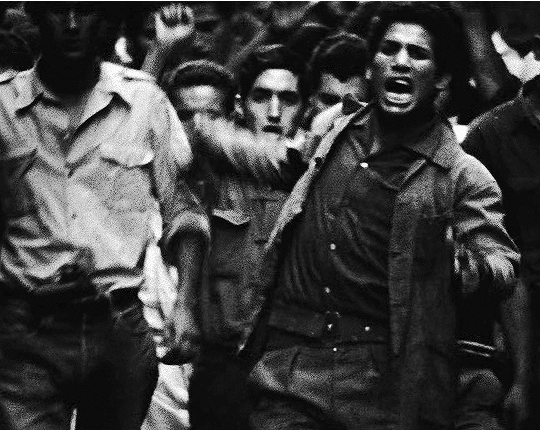
Black Narcissus (1947) dir. Michael Powell & Emeric Pressburger

Boyz n the Hood (1991) dir. John Singleton
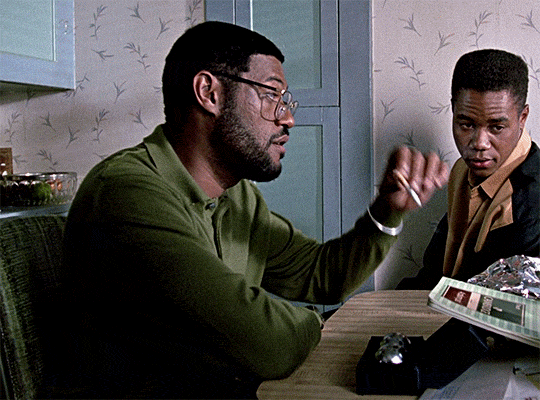
Chungking Express (1994) dir. Wong Kar-Wai
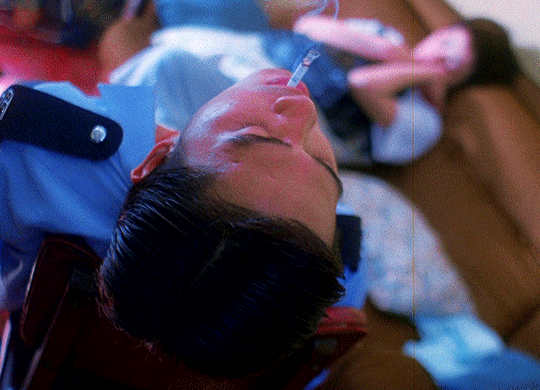
The Deer Hunter (1978) dir. Michael Cimino

Dr. Caligari (1989) dir. Stephen Sayadian

Donnie Darko (2001) dir. Richard Kelly
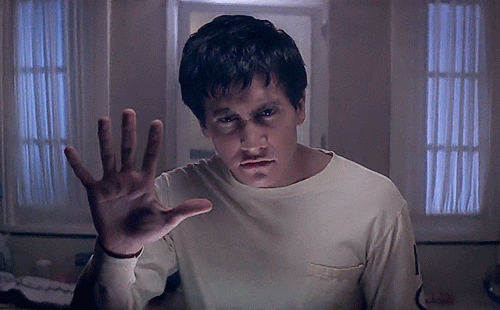
Gentlemen Prefer Blondes (1953) dir. Howard Hawks

The Heartbreak Kid (1972) dir. Elaine May

Heat (1995) dir. Michael Mann

The Heroic Trio (1993) dir. Johnnie To
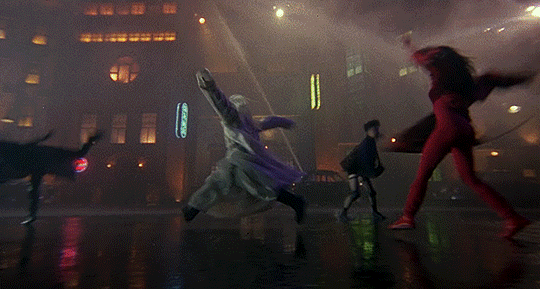
The Hitch-Hiker (1953) dir. Ida Lupino

The Intruder (1962) dir. Roger Corman

Investigation of a Citizen Above Suspicion (1970) dir. Elio Petri

John Wick: Chapter 4 (2023) dir. Chad Stahelski
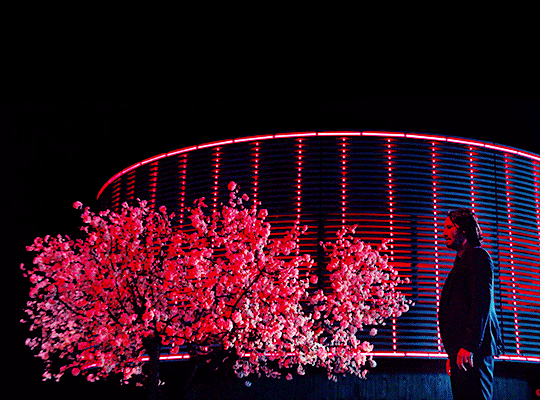
Macbeth (1948) dir. Orson Welles

May (2002) dir. Lucky McKee
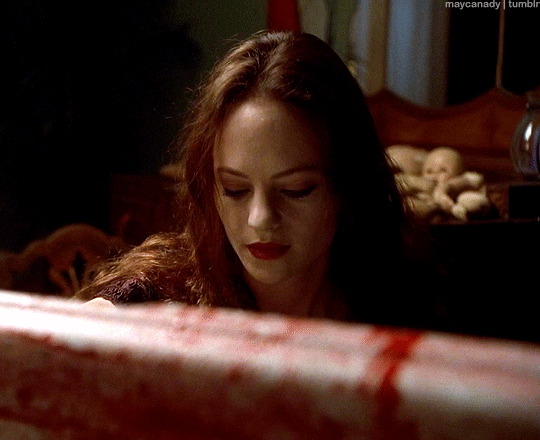
Oldboy (2003) dir. Park Chan-wook

Out of Sight (1998) dir. Steven Soderbergh

Poor Things (2023) dir. Yorgos Lanthimos

Portrait of Jason (1967) dir. Shirley Clarke
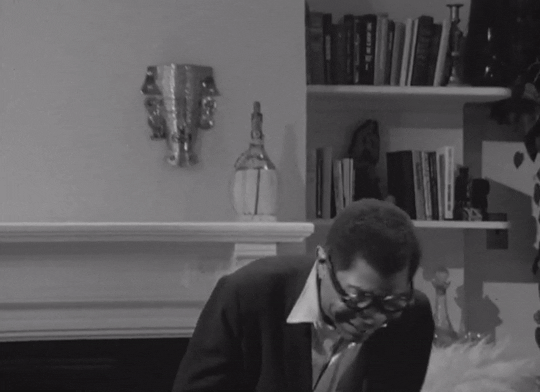
Pumping Iron II: The Women (1985) dir. George Butler
Serial Mom (1994) dir. John Waters

The Seventh Juror (1962) dir. Georges Lautner

Shock Troops (1967) dir. Costa-Gavras
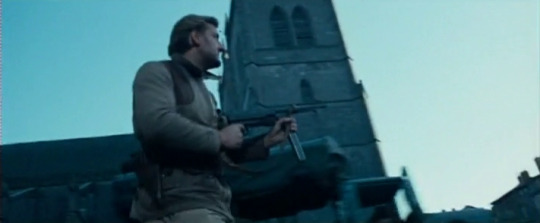
Southern Comfort (1981) dir. Walter Hill

Spider-Man: Across the Spider-Verse (2023) dir. Kemp Powers, Justin K. Thompson & Joaquim Dos Santos

#movies#2024#1950#1966#1947#1991#1994#1978#1989#2001#1953#1972#1995#1993#1962#1970#2023#1948#2002#2003#1998#1967#1985#1981#year in review
3 notes
·
View notes
Text
9 febbraio … ricordiamo …
9 febbraio … ricordiamo … #semprevivineiricordi #nomidaricordare #personaggiimportanti #perfettamentechic
2022: André Wilms, attore francese. Nel 1989 partecipò al film L’insolito caso di Mr. Hire. Apparve anche in film tedeschi, tra cui Europa Europa, e finlandesi, tra cui alcuni lungometraggi; per uno di questi, Vita da bohème, ottenne il Premio per miglior attore non protagonista agli European Film Awards del 1992. Nel 2017 affiancò Charlotte Rampling nel film Hannah. (n.1947) 2020: Mirella Freni,…
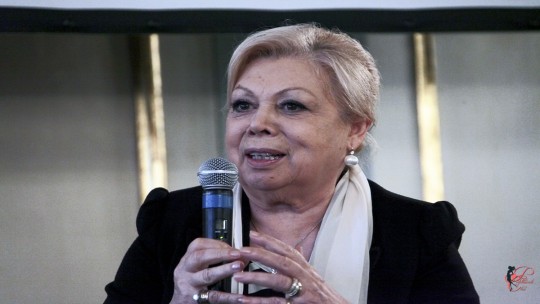
View On WordPress
#9 febbraio#Ada Masotti#André Wilms#Cecil Hepworth#Cecil Milton Hepworth#contessa di Snowdon#David Wayne#Ian Richardson#Ian William Richardson#Jane Hamilton#John Anthony Golenor Pablos#John Gavin#Margaret#Maria Baronj#Mirella Fregni#Mirella Freni#Morti oggi#Reg E. Cathey#Reginald Eurias Cathey#Richard Lupino#Ricordiamo#Shobhana Samarth#Sof&039;ja Kališ#Sophie Tucker#Vera Hruba Ralston#Vera Ralston#Vittorio Di Prima#Věra Helena Hrubá#Wayne James McMeekan
0 notes
Text

Ida Lupino and Richard Arlen on the Paramount lot between takes of Marion Gering’s READY FOR LOVE (1934).
51 notes
·
View notes
Text
As Zanuck Sr. repeatedly told his son, had Valley of the Dolls been a product of the Hollywood studio system at its apex, in less than a week he would have assigned it to a contract director, one or more of the studio’s stable of thirty-plus top screenwriters, an available cameraman, production and costume designer, a composer, and a cast selected from 20th’s contract talent roster. It isn’t hard to imagine a forties-era Valley of the Dolls. On tap at the studio were any number of great beauties and “types,” some of them quite talented. And if those weren’t quite right, Zanuck might have arranged to borrow talent from other studios. There was Gene Tierney, Linda Darnell, or Jeanne Crain to play the reserved New Englander Anne Welles. Betty Grable, Rita Hayworth, or Lana Turner might have played the luckless showgirl Jennifer North. The young Bette Davis, Susan Hayward, or Ida Lupino would have fit as brilliantly talented, tormented Neely O’Hara. Tyrone Power/Gregory Peck/Cornel Wilde could have slipped easily into the role of suave, slippery Lyon Burke, alongside Dana Andrews as press agent Mel, Vincent Price as Charles Revson–inspired cosmetics empire maven Kevin Gillmore, and Clifton Webb as fashion designer Ted Casablanca. For good measure, Zanuck could have thrown in Gertrude Lawrence as fading Broadway virago Helen Lawson, Frank Sinatra/Dean Martin/Vic Damone as Tony Polar, and Geraldine Fitzgerald as Miriam, sister of the sexy, childlike crooner. Or had Zanuck made the movie later in his career, he could have helped himself to the talents of, respectively, Hope Lange, Diane Varsi, or Shirley Jones as Anne, Marilyn Monroe, Joan Collins, or Debra Paget as Jennifer, Joanne Woodward as Neely, Richard Burton or Stephen Boyd as Lyon, Roddy McDowall as Ted Casablanca, Claudette Colbert or Mary Martin as Helen, Elvis Presley as Tony with Angela Lansbury as Miriam. But in 1966, the days of the studio system and exclusive contracts were on life support. With the long shadow of Darryl F. Zanuck looming over Valley of the Dolls, it would take Richard D. Zanuck, producer David Weisbart, and director Mark Robson long, torturous months and many reversals before the casting—let alone the entire production—finally pulled together. And, from his Paris headquarters, Zanuck Sr. thought that was laughable—when he didn’t find it infuriating.
-- Dolls! Dolls! Dolls!: Deep Inside Valley of the Dolls, the Most Beloved Bad Book and Movie of All Time, Stephen Rebello
Rebello's bonkers fancasts here have captivated me.
8 notes
·
View notes
Photo


Burke’s Law - List of Guest Stars
The Special Guest Stars of “Burke’s Law” read like a Who’s Who list of Hollywood of the era. Many of the appearances, however, were no more than one scene cameos. This is as complete a list ever compiled of all those who even made the briefest of appearances on the series.
Beverly Adams, Nick Adams, Stanley Adams, Eddie Albert, Mabel Albertson, Lola Albright, Elizabeth Allen, June Allyson, Don Ameche, Michael Ansara, Army Archerd, Phil Arnold, Mary Astor, Frankie Avalon, Hy Averback, Jim Backus, Betty Barry, Susan Bay, Ed Begley, William Bendix, Joan Bennett, Edgar Bergen, Shelley Berman, Herschel Bernardi, Ken Berry, Lyle Bettger, Robert Bice, Theodore Bikel, Janet Blair, Madge Blake, Joan Blondell, Ann Blyth, Carl Boehm, Peter Bourne, Rosemarie Bowe, Eddie Bracken, Steve Brodie, Jan Brooks, Dorian Brown, Bobby Buntrock, Edd Byrnes, Corinne Calvet, Rory Calhoun, Pepe Callahan, Rod Cameron, Macdonald Carey, Hoagy Carmichael, Richard Carlson, Jack Carter, Steve Carruthers, Marianna Case, Seymour Cassel, John Cassavetes, Tom Cassidy, Joan Caulfield, Barrie Chase, Eduardo Ciannelli, Dane Clark, Dick Clark, Steve Cochran, Hans Conried, Jackie Coogan, Gladys Cooper, Henry Corden, Wendell Corey, Hazel Court, Wally Cox, Jeanne Crain, Susanne Cramer, Les Crane, Broderick Crawford, Suzanne Cupito, Arlene Dahl, Vic Dana, Jane Darwell, Sammy Davis Jr., Linda Darnell, Dennis Day, Laraine Day, Yvonne DeCarlo, Gloria De Haven, William Demarest, Andy Devine, Richard Devon, Billy De Wolfe, Don Diamond, Diana Dors, Joanne Dru, Paul Dubov, Howard Duff, Dan Duryea, Robert Easton, Barbara Eden, John Ericson, Leif Erickson, Tom Ewell, Nanette Fabray, Felicia Farr, Sharon Farrell, Herbie Faye, Fritz Feld, Susan Flannery, James Flavin, Rhonda Fleming, Nina Foch, Steve Forrest, Linda Foster, Byron Foulger, Eddie Foy Jr., Anne Francis, David Fresco, Annette Funicello, Eva Gabor, Zsa Zsa Gabor, Reginald Gardiner, Nancy Gates, Lisa Gaye, Sandra Giles, Mark Goddard, Thomas Gomez, Pedro Gonzalez Gonzalez, Sandra Gould, Wilton Graff, Gloria Grahame, Shelby Grant, Jane Greer, Virginia Grey, Tammy Grimes, Richard Hale, Jack Haley, George Hamilton, Ann Harding, Joy Harmon, Phil Harris, Stacy Harris, Dee Hartford, June Havoc, Jill Haworth, Richard Haydn, Louis Hayward, Hugh Hefner, Anne Helm, Percy Helton, Irene Hervey, Joe Higgins, Marianna Hill, Bern Hoffman, Jonathan Hole, Celeste Holm, Charlene Holt, Oscar Homolka, Barbara Horne, Edward Everett Horton, Breena Howard, Rodolfo Hoyos Jr., Arthur Hunnicutt, Tab Hunter, Joan Huntington, Josephine Hutchinson, Betty Hutton, Gunilla Hutton, Martha Hyer, Diana Hyland, Marty Ingels, John Ireland, Mako Iwamatsu, Joyce Jameson, Glynis Johns, I. Stanford Jolley, Carolyn Jones, Dean Jones, Spike Jones, Victor Jory, Jackie Joseph, Stubby Kaye, Monica Keating, Buster Keaton, Cecil Kellaway, Claire Kelly, Patsy Kelly, Kathy Kersh, Eartha Kitt, Nancy Kovack, Fred Krone, Lou Krugman, Frankie Laine, Fernando Lamas, Dorothy Lamour, Elsa Lanchester, Abbe Lane, Charles Lane, Lauren Lane, Harry Lauter, Norman Leavitt, Gypsy Rose Lee, Ruta Lee, Teri Lee, Peter Leeds, Margaret Leighton, Sheldon Leonard, Art Lewis, Buddy Lewis, Dave Loring, Joanne Ludden, Ida Lupino, Tina Louise, Paul Lynde, Diana Lynn, James MacArthur, Gisele MacKenzie, Diane McBain, Kevin McCarthy, Bill McClean, Stephen McNally, Elizabeth MacRae, Jayne Mansfield, Hal March, Shary Marshall, Dewey Martin, Marlyn Mason, Hedley Mattingly, Marilyn Maxwell, Virginia Mayo, Patricia Medina, Troy Melton, Burgess Meredith, Una Merkel, Dina Merrill, Torben Meyer, Barbara Michaels, Robert Middleton, Vera Miles, Sal Mineo, Mary Ann Mobley, Alan Mowbray, Ricardo Montalbán, Elizabeth Montgomery, Ralph Moody, Alvy Moore, Terry Moore, Agnes Moorehead, Anne Morell, Rita Moreno, Byron Morrow, Jan Murray, Ken Murray, George Nader, J. Carrol Naish, Bek Nelson, Gene Nelson, David Niven, Chris Noel, Kathleen Nolan, Sheree North, Louis Nye, Arthur O'Connell, Quinn O'Hara, Susan Oliver, Debra Paget, Janis Paige, Nestor Paiva, Luciana Paluzzi, Julie Parrish, Fess Parker, Suzy Parker, Bert Parks, Harvey Parry, Hank Patterson, Joan Patrick, Nehemiah Persoff, Walter Pidgeon, Zasu Pitts, Edward Platt, Juliet Prowse, Eddie Quillan, Louis Quinn, Basil Rathbone, Aldo Ray, Martha Raye, Gene Raymond, Peggy Rea, Philip Reed, Carl Reiner, Stafford Repp, Paul Rhone, Paul Richards, Don Rickles, Will Rogers Jr., Ruth Roman, Cesar Romero, Mickey Rooney, Gena Rowlands, Charlie Ruggles, Janice Rule, Soupy Sales, Hugh Sanders, Tura Satana, Telly Savalas, John Saxon, Lizabeth Scott, Lisa Seagram, Pilar Seurat, William Shatner, Karen Sharpe, James Shigeta, Nina Shipman, Susan Silo, Johnny Silver, Nancy Sinatra, The Smothers Brothers, Joanie Sommers, Joan Staley, Jan Sterling, Elaine Stewart, Jill St. John, Dean Stockwell, Gale Storm, Susan Strasberg, Inger Stratton, Amzie Strickland, Gil Stuart, Grady Sutton, Kay Sutton, Gloria Swanson, Russ Tamblyn. Don Taylor, Dub Taylor, Vaughn Taylor, Irene Tedrow, Terry-Thomas, Ginny Tiu, Dan Tobin, Forrest Tucker, Tom Tully, Jim Turley, Lurene Tuttle, Ann Tyrrell, Miyoshi Umeki, Mamie van Doren, Deborah Walley, Sandra Warner, David Wayne, Ray Weaver, Lennie Weinrib, Dawn Wells, Delores Wells, Rebecca Welles, Jack Weston, David White, James Whitmore, Michael Wilding, Annazette Williams, Dave Willock, Chill Wills, Marie Wilson, Nancy Wilson, Sandra Wirth, Ed Wynn, Keenan Wynn, Dana Wynter, Celeste Yarnall, Francine York.
13 notes
·
View notes
Text
Week 5: Women & Noir Film

The Hitch-Hiker (1953) is the one and only noir film directed by a woman. Ida Lupino, who lived from 1918-1995 was born in England but later moved to the United States to pursue the entertainment industry. Ida Lupino had multiple roles in the movie industry, she began her career as an actor then she later worked her way up to become a screenwriter, producer and director. Lupino worked with Warner Bros for a bit but was later suspended, she worked mostly in an independent sector, establishing a production company of many filmmakers alongside her second husband Collier Young. Ida Lupino with the help of her husband both wrote and directed the hitchhiker which is inspired by a true crime story following Billy and his murder spree. Ida lupino personally interviewed the men who were held hostage to get a better and deeper understanding to better write the script. The Hitchhiker is a class noir film, which is to describe angsty and stylish Hollywood crime dramas. There is a basic structure of noir films which is basically a loop of nightmares. At this time the united states' censorship is censoring many films due to their profanity, slavery, sex perversion, drugs, etc. Richard Dryer writes about Homosexuality and Film noir and gives a deep analysis of noir films. Dryer states “ , it is clearly only in a minority of films noir that gay characters appear (I doubt if I have missed more than two or three), yet their absence from all other types of film and the caution with which even film noir had to introduce them suggests that they do nonetheless constitute a defining feature of film noir taken as a whole. Second, it will be noted how the iconography of male and female gays contrasts with that of straight men and women in film noir, not to the extent of cross-dressing, but in terms of glamorous and sensual as opposed to rough and severe for women, and carelessness as opposed to fastidiousness for men”. Noir films can be seen as angsty but it gives the spotlight to more important things and gives a platform to everyone.
5 notes
·
View notes